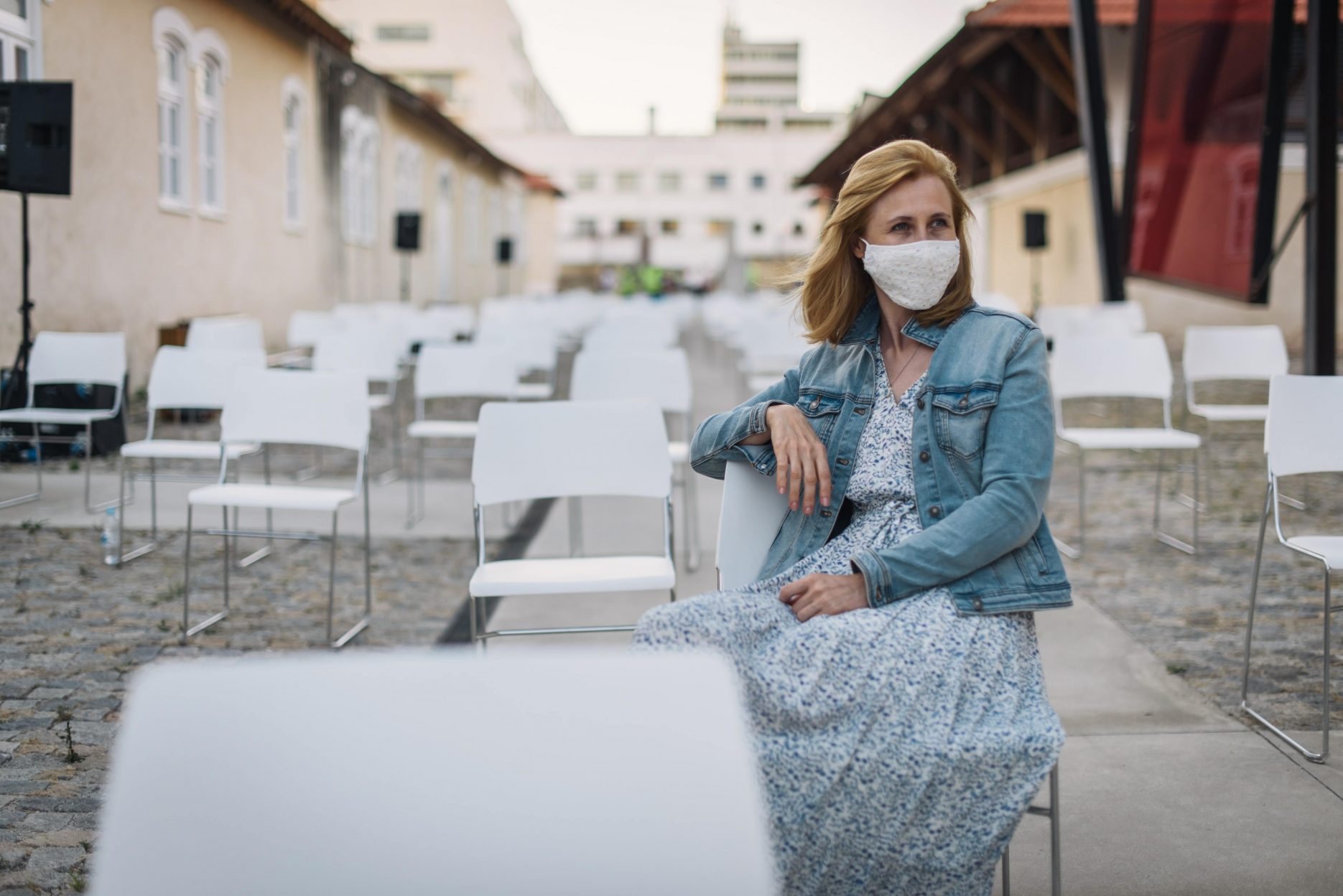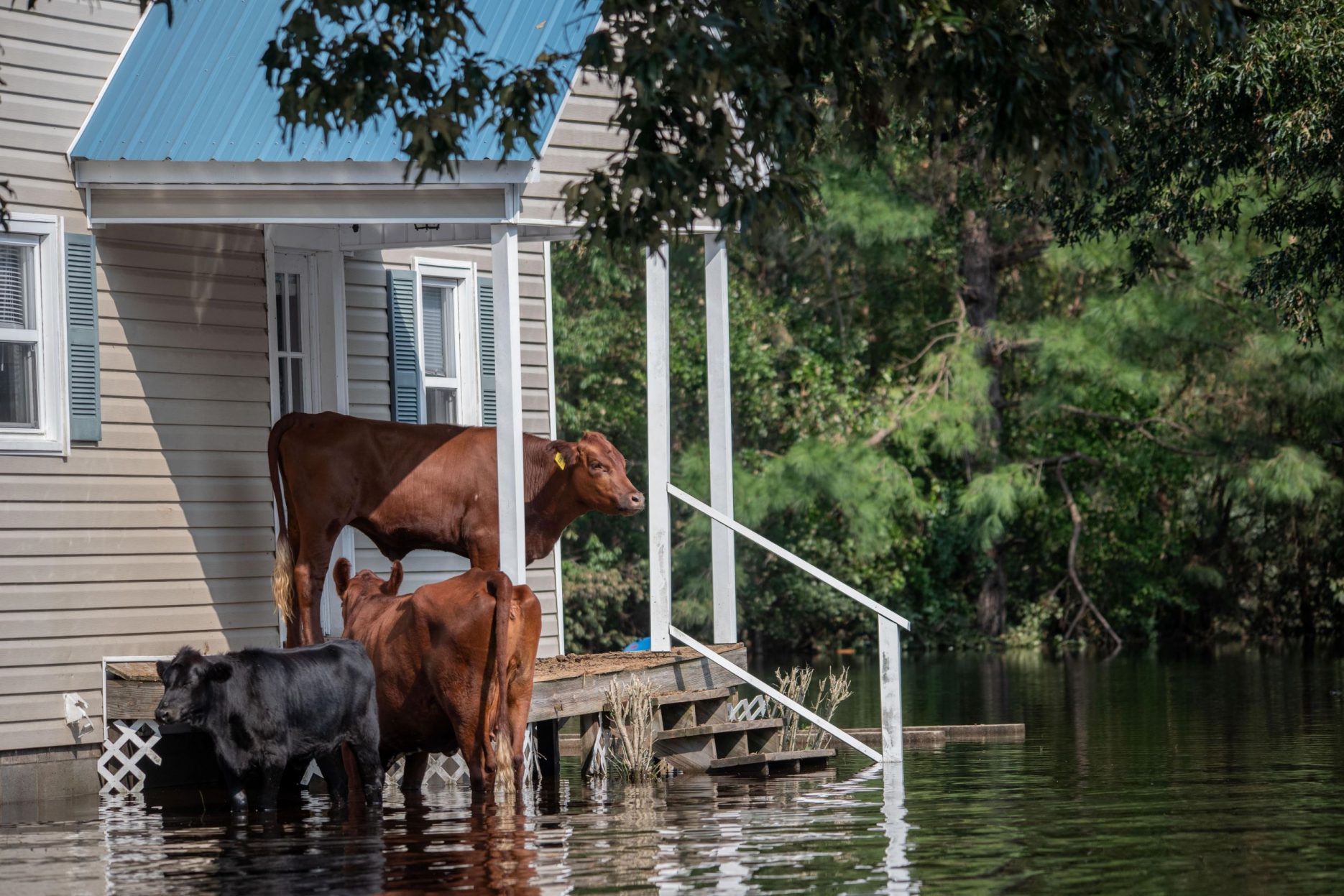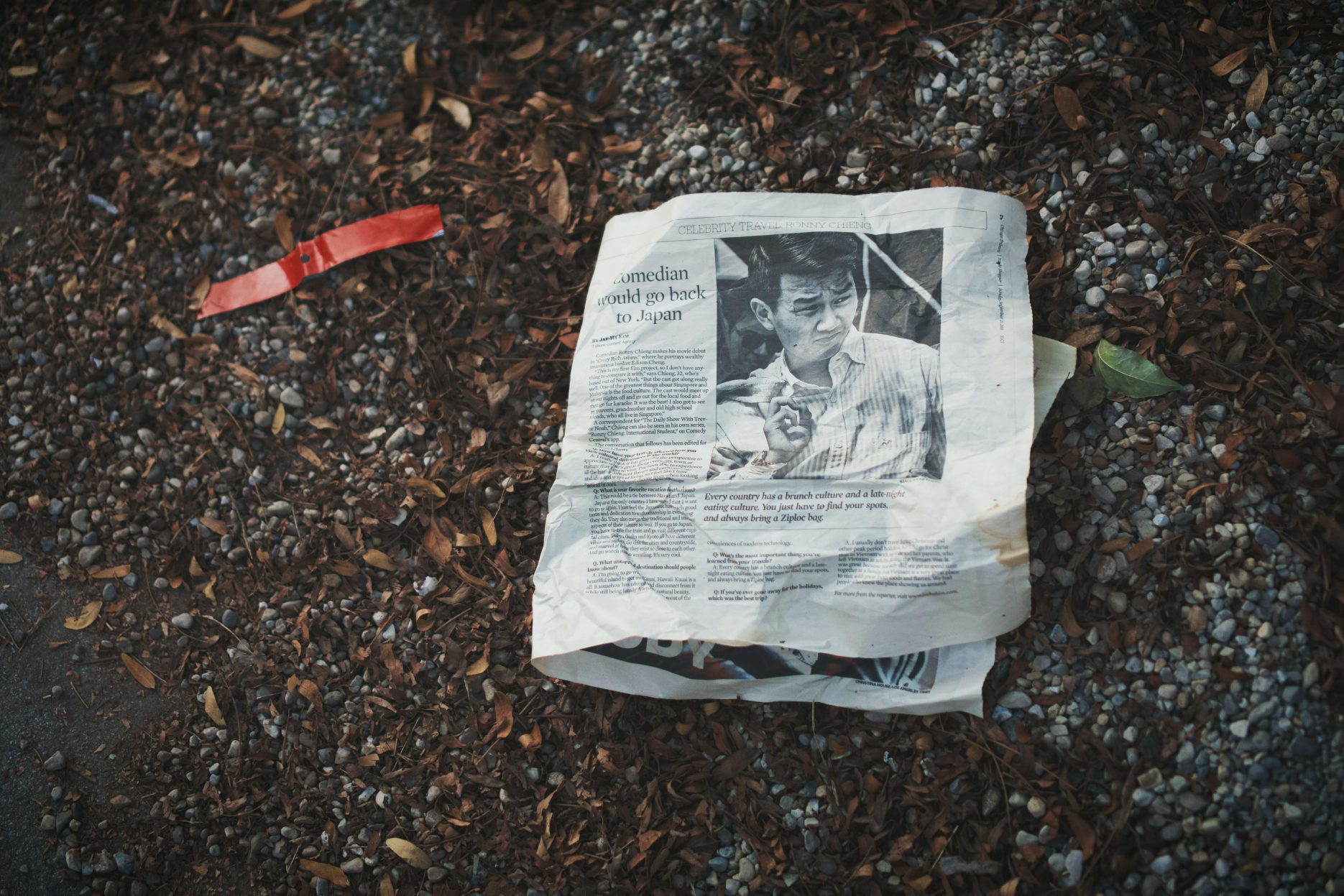Let’s be honest, «Covid» is a word must of us would like to forget, however, we won’t and its meaning reaches beyond the medical context.

Something that has become quite usual in every conversation with someone we haven’t seen since before the pandemic is “What did you do the last day before the quarantine?”. In my case, the very last pre-pandemic memory I have is talking to a friend in a park after school.
The day was sunny, the park was overflowing with people talking, laughing, playing, interacting. Little did we know how much that was about to change in just a matter of days, or even hours.
That leads us to the first act of this play: The old normal.
Before the pandemic, we barely stopped to think about the way we interacted (among other daily life aspects). It all seem so natural and normal, however, nowadays some of those manners are impossible to think of, like greeting people right after returning from a hospital, or going out to the world feeling symptoms of the flu without wearing a mask.
Also, from a very personal viewpoint, the lifestyle we were maintaining felt very impersonal, always counting on the immediate gratification and immediate interaction: messages no longer than 3 words; watching our phones in social gatherings, connecting with people that weren’t present and disassociating from those in the place, a very strange normality we were accustomed to.
We felt we were running out of time, always seeking to do more in less time.
And that’s when the second act raises its curtain: Covid
March 2020 was the month that saw one of the biggest changes in the modern human history. The sudden arise of COVID took our society by surprise, from one day to another we were all staying in our homes and all the activities were reduced to one or two electronic devices.
Activities like going to the cinema, shopping at a mall, visiting a museum, eating in a restaurant were able to be done (or at least ordered) from our phones or computers. Social interaction reduced to 0%.
Stepped out of a Black Mirror fantasy, all human interaction, excepting those who lived at the same house as us, was depending on a shiny flickering screen. We heard of things and apps we didn’t have heard of until then, and we even adapted to new habits like ordering food via a delivery app, or online shopping (which at the beginning of the lockdown I didn’t trust but now it is my first place to look when I want to buy something).
And that’s when something unbelievable happened: we felt bored.
In complete contrast with our first act’s behaviour, for once we didn’t feel we were running out of time, now we didn’t know what to do with so much time. Consequently, that search for something to do made us wonder what we would like to do. And at least for me, one of those things was… talking to someone.
If there is something we are told a lot of times, it’s that humans need social interaction in order to maintain a good mental health, in a few words, humans are social animals, so, what to do when you want to socialize but there is nothing you can do? Well, God bless the XXI century.
If we were to compare how people lived during the Spanish Flu pandemic and the COVID pandemic, the great defining difference is the internet. I still remember that on the very first days of the lockdown, Instagram was full of dynamics in the stories section, like quizzes, tags and challenges, but while that was fun, I believe we can’t really call it interaction, can we?
The social media interaction is as immediate-based as the pre-pandemic one, however, it was our only choice, and soon after, you realize that if you aren’t talking to someone, social media can get quite boring too.
Those moments of boringness made me take a trip into the deeps of the app store, in which I found one special app I’d like to share (this is not sponsored, but when something is good, then it is worth sharing): Slowly.
The reason why I mention Slowly, besides the fact that it has become one of my favourites, is because, as the title implies, the communication through it is slowly. In the app, you create an account and you choose the topics you´re interested in, afterwards, the apps offers you a list of persons who share the same interests and speak the same language as you, and technically that’s all, you choose one person, write a letter and send it, but the trick is that it takes a symbolic amount of time that represents the distance between you and the person, it can be from 30 minutes, considering you two are very close, up to 48 hours.
Something I have realized and learned while using Slowly is how magical and special it feels to sent and receive letters. Knowing how long they will take to arrive, it is implied that you have to put a little more effort in writing them. Would you wait for 48 hours just to receive a “Hey”?
And this appreciation for the time and the effort of others for communicating and interacting leads us to the final act of this play and the main reflection of all this: The new normal.
With the vaccination programs and the progressive return to our “past lifestyle” (that has nothing in common to the real pre-pandemic time), it’s sad to see that we are quickly forgetting what we learned.
Yes, the first re-encounters with friends and family are exciting and emotional, and even through the first weeks of the new normality it was common to see videos of families getting back together after the months of lockdown.
But soon after the conversations got up to date about our lives, we got back to the old normal in the context of the new normal. We are back at watching our phones and skipping those things that took time.
The feeling of too much time has dissolved and now everyone is hurrying again, but this time to do all the things we missed during the quarantine months, “we have to get sales back to normal”, “we have to recover all the learnings we missed”, “we have to recover the experiences we felt we missed”, FOMO at its pure expression.
I agree life has to go back to its normal pace, but that doesn´t mean we have to go back with the same mentality. Yes, it is hard to socialize with people we don’t know, and it is even harder with people still wearing masks in some places (it has been proved that we need to see other people’s faces in order to socialize better) . A few days ago I went to a store and a person I didn’t know approach me to ask something, and I got really nervous, I mean, I helped him, but then I asked to myself, why this interaction seem so stressful? After all, we are all humans, right?
Actually that is the scene that derived in all this reflection, why the pandemic has made it so hard to socialize? I guess the reason has been explained, but the solution has not, and for me, the solution is to try to remember we are all human, we are interacting we people, not a screen, we can’t ignore or postpone what others are saying and that is beautiful.
Social interacting is clue to a good mental state, so let’s put some effort while interacting with others, maybe our lives had gotten back to their previous state, but maybe for others it hasn’t, for others it is still hard to socialize, and if we have a carelessness attitude, they will find it even harder.
We feel, we connect, we are humans. Let’s embrace it and start disconnecting with the screens in order to connect with the persons around us.



Deja un comentario